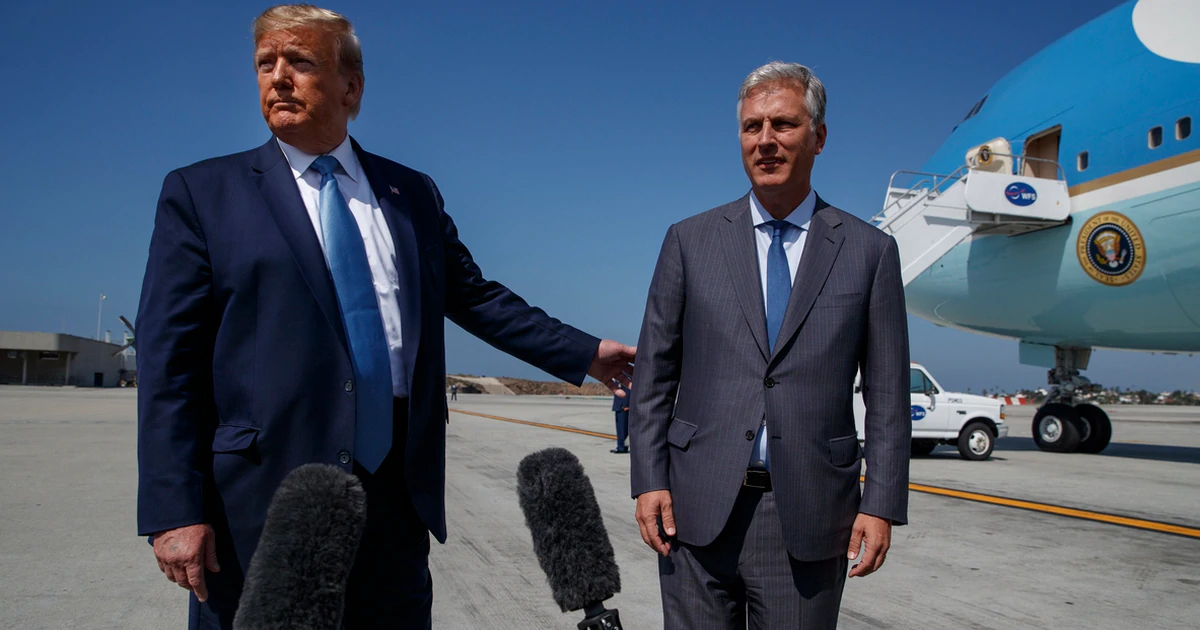
National Security Advisor Robert O’Brien on Friday appeared to take a swipe at Gen. Mark Milley, the Chairman of the Joint Chiefs of Staff, doing nothing to close a rare public disconnect between the president’s top national security official and top uniformed officer over troop levels in Afghanistan.
The issue emerged Oct. 7, when O’Brien said he supported a plan to draw down to 2,500 troops by early next year. Just days later, Milley downplayed those comments, directly calling O’Brien’s numbers “speculation” that doesn’t line up with ongoing discussions.
“I think that, you know, Robert O’Brien or anyone else can speculate as they see fit,” Milley said in an Oct. 12 interview with NPR. “I’m not going to engage in speculation. I’m going to engage in the rigorous analysis of the situation based on the conditions and the plans that I am aware of and my conversations with the president.”
On Friday, O’Brien used his appearance at an Aspen Institute event to fire back and emphasize that the 2,500 troop level is very much in play.
“It has been suggested by some that that’s speculation. I can guarantee you, that’s the plan of the president of the United States,” O’Brien said. “That’s the order of the commander-in-chief. That’s not speculation.”
Asked directly about the disconnect between him and Milley, O’Brien didn’t back down.
“When I speak and talk about troop levels and that sort of thing, look: I’m a staffer. I staff the president of the United States,” he said. “It’s not my practice to speculate. Other people can interpret that what I say is a speculation or not, but I wasn’t speculating then, I wasn’t speculating today.
“And so, when I’m speaking, I’m speaking for the president. And I think that’s what the Pentagon is moving out and doing.”
However, the national security advisor did downplay an Oct. 7 tweet in which Trump said the U.S. “should” have all troops in Afghanistan home by Christmas, casting that as part of a long tradition of leaders who say they would like to have forces back home for the holiday.
“We’re on a path right now that looks like about 4,500 this fall, and at a smaller number in January and February, but if the conditions permitted look we’d love to get people out earlier and I think that’s the desire that the President was expressing,” O’Brien said.
Pentagon officials have previously said there will be less than 5,000 troops in Afghanistan by the end of November. Troops levels in Iraq are also coming down, as the Trump administration attempts to meet the long-stated goal of President Trump to exit the “endless wars” fought for the last 19 years.


Be the first to comment